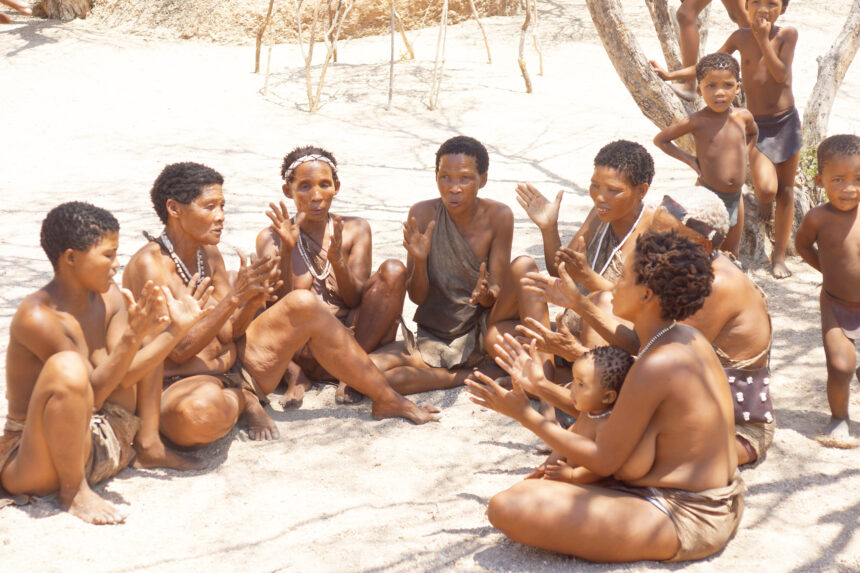TSUMKWE – The vastly-populated Tsumkwe constituency in the Otjozondjupa region is currently grasping with a malaria outbreak across its various settlements.
More than 140 cases of the life-threatening disease were recorded.
The constituency, whose district capital is the Tsumkwe settlement, is mainly inhabited by numerous marginalised groups of the San community and other ethnic groups.
They have limited access to healthcare.
Their dwellings are mostly made of poorly-built makeshift houses.
At the Tsumkwe settlement and Mangetti clinics, doctors and nurses have since January been battling with increasing cases of malaria, which are now about to cross the 150-mark throughout the constituency.
Malaria, which is spread to humans by some types of mosquitoes, is preventable and curable. It is primarily caused by a parasite, and does not spread from person to person.
Symptoms can be mild or life-threatening, which includes fever, chills and headache.
Severe symptoms include fatigue, confusion, seizures and difficulty breathing.
Malaria can be prevented by avoiding mosquito bites, and with medicines.
Treatments can stop mild cases from worsening.
Leader of the Ju/’hoansi marginalised San group Chief Bobo, who is also known as Tsamkxao, has called on the regional health leadership to act proactively by rolling out the distribution of mosquito nets and awareness campaigns.
Chief Bobo reigns over the Ju/’hoansi people in eastern Tsumkwe, up to Namibia’s border with Botswana within the Nyae Nyae Conservancy area.
He said the sub-standard structures of their homes and lack of awareness continues to make it hard for members of his community to take preventative measures against malaria.
“When you look at the poor state of our houses, it is difficult for us to protect ourselves from the deadly mosquitoes at night. People are getting sick in our area. The nurses at the clinic say malaria cases are on the rise in our area,” said a concerned Chief Bobo. He is a recognisable face and voice of the marginalised people of the Nyae Nyae area.
Efforts to obtain comment from Otjozondjupa regional health director Gebhardo Timotheus on the efforts being made to contain the outbreak proved futile.
His phone went unanswered, and he did not respond to questions sent to him at the time of going to print. Tsumkwe was proclaimed as an electoral constituency in 1998. It is mostly inhabited by the Ju’/hoansi and !Kung San groups, as well as the Ovaherero, Damara, Ovawambo and Kavango ethnic groups.
The constituency is located about 60km west of the Botswana border, and 300km east of Grootfontein. It has a population of over 15 000 inhabitants.
– ohembapu@nepc.com.na


